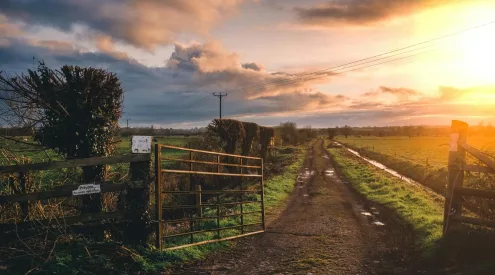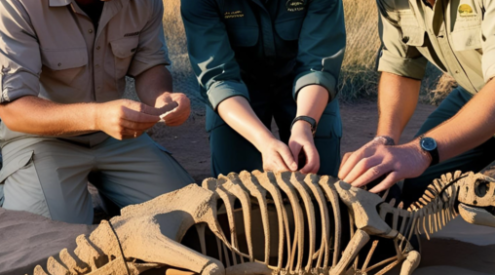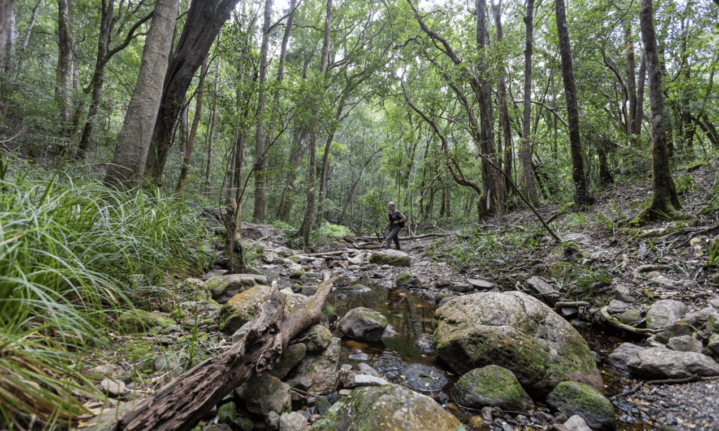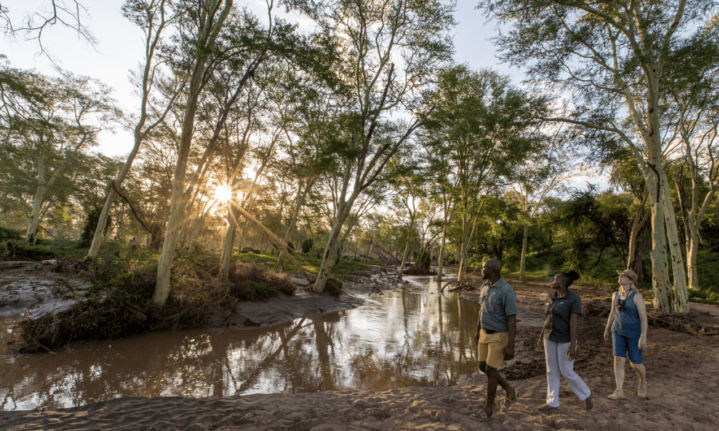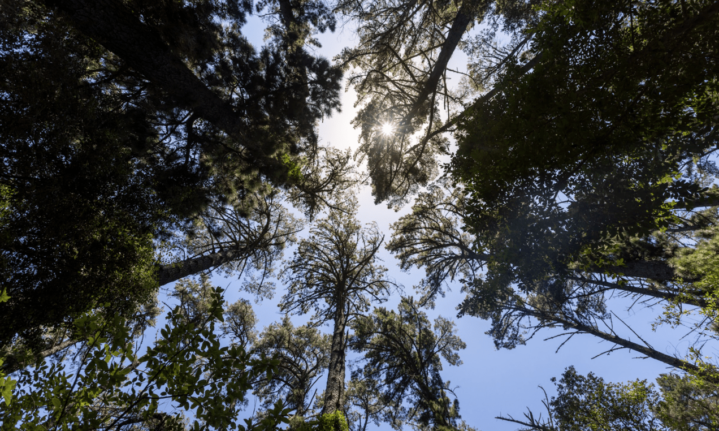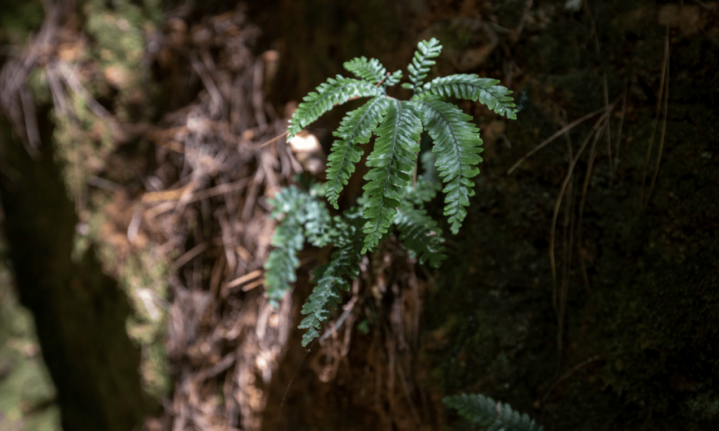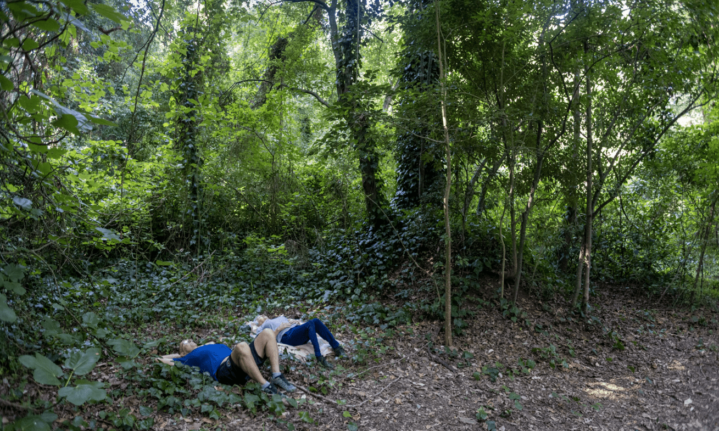‘You won’t find your tree. Your tree will find you.’ It’s encouraging news from our guide, as we go off-piste for the second part of today’s forest bathing experience.
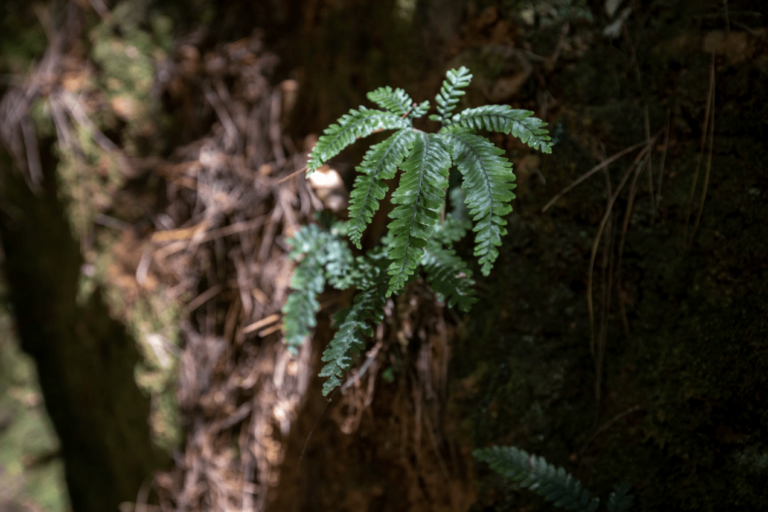
We are halfway through our three-hour session in a Cape Town forest. Forest bathing is the latest eco-antidote to our irksome nature deficit syndrome, itself exacerbated by the technostress of late-capitalist consumer ennui.
But this is more than just a merry old walk on the wooded wild side. The concept was given official recognition in 1980s Japan as shinrin-yoku – forest bathing – a psychological and a physical strategy to destress, as well as to raise awareness about the plight of the country’s rapidly declining forest cover. Research suggested that forest bathing could lower the pulse rate and reduce both blood pressure and concentrations of cortisol, the stress hormone. And soothe frazzled parasympathetic nerve activity.
The Norwegians call it friluftsliv, or “free air life”. The Celts call it dòigh nàdair, pronounced “doe na dare”. Dòigh is one of those onion words. It means “way”, at its most superficial. But dig down through its hidden layers, and you get to something closer both in meaning and phonetics to the Chinese concept of Tao, which also means way, but the sort of way you tread with pilgrim’s shoes.
Like an onion, don’t be surprised if you catch yourself a little bit teary at the sheer catharsis of it all.
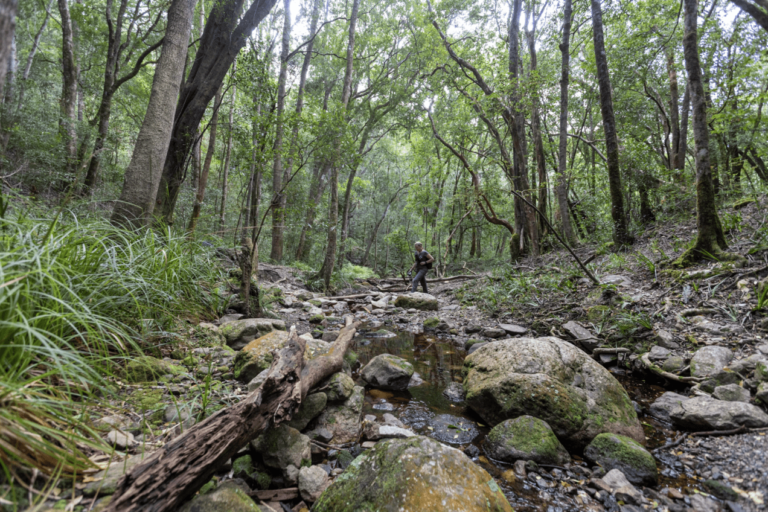
Anyway, we’ve done the gentle hike, down a leafy path called the sylvian portal, which is supposed to trigger a switch between the left side/right side of your brain. We have done some simple yoga relaxation techniques and breathing exercises, and we’ve had a good old lie down in a forest glade, just watching thoughts bubble up, feeling the breath in and out, idly wondering if that mesmerising hum is Goodyear rubber on tarmac, or the hive mind of bees.
Now I’m standing still, waiting for my tree to find me. I shall sit beneath it, and let it soak up all my negative energy, most of which centres on me being back in time to watch the T20 cricket final. When I am sure no one is looking, I am going to give it a big old hippie hug, too. The latest research into the wood-wide-web, and the theories about the intelligence and sentience of bark and branch are astounding. Imagine those hoary old Ents from Lord of the Rings snacked ’shrooms and settled down to binge-watch Game of Thrones. Put simply, to reach towering maturity, trees depend on a complex chain of eco-entente and power struggles with members of the same species as well as other species, most notably fungi.
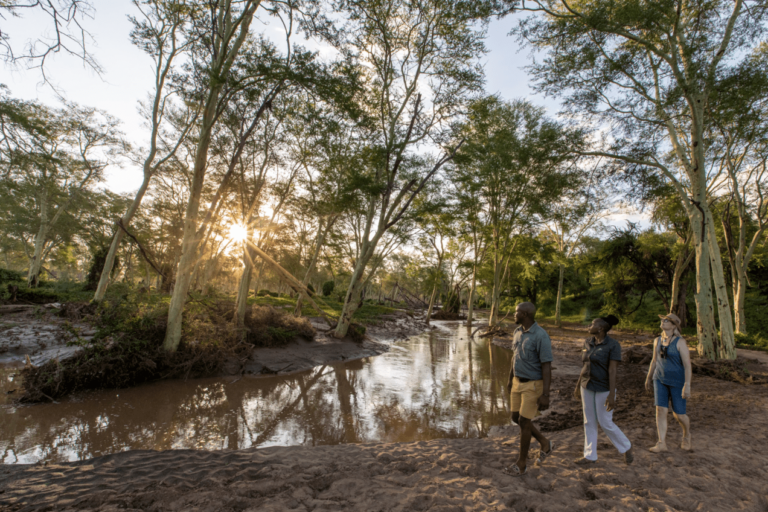
As any game ranger might tell you, acacia trees emit bitter-tasting volatile compounds if, for example, a giraffe starts munching on their leaves. Other acacias in the vicinity do the same to deter the giraffe.
Same principle here. These young saplings that I’m trying not to trample? They’re doomed in the shade, unless a dowager queen directs nutrients and water to them. These crown princes are just biding their time until the monarchs topple, and then there will be an almighty battle for the light. Woe betide any stripling sapling that gambles with leaf-shedding too early, or spends its days indulging in drinking sprees before a drought.
The real action is happening beneath my feet. Every single tree in the forest is, in theory, connected by a vast, intricate system of fungal networks. The mushrooms I can see are just the fruit tips of a huge, subterranean lattice. The trees’ root filaments join up with microscopic fungal filaments in a massive synaptic information superhighway. The trees “pay” the fungi in sugar. The fungi pay back in kind, allowing the tree to absorb nutrients such as phosphorus or nitrogen. Neither can do it without the other, and it’s all happening in super-slo-mo.
But is it really sentience? Or just a genetically predetermined chemical process of osmosis and diffusion lacking any “intention”? Am I guilty of anthropomorphist personification? Perhaps we humans simply lack the language skills to properly describe what we are discovering about this hive mind of Nature.
But my train of thought is suddenly derailed. Did that towering syncarpia just wink at me? A gentle, herby gust trembles her green petticoats seductively. The minx! It might just be the heady aroma of turpines in the air, but I feel chosen. Even so, I can’t help feeling a little bit sad as I lower myself to the ground under her coquettish canopy. It can’t all be random chemical equations, can it? Even human emotions and intelligence are ultimately, er, rooted in chemical diffusion and osmosis.
Has this tree actually absorbed my negative vibes, though? I’m certainly a lot more chilled about the imminent crack of red leather on willow, even if it is an Antipodean final.
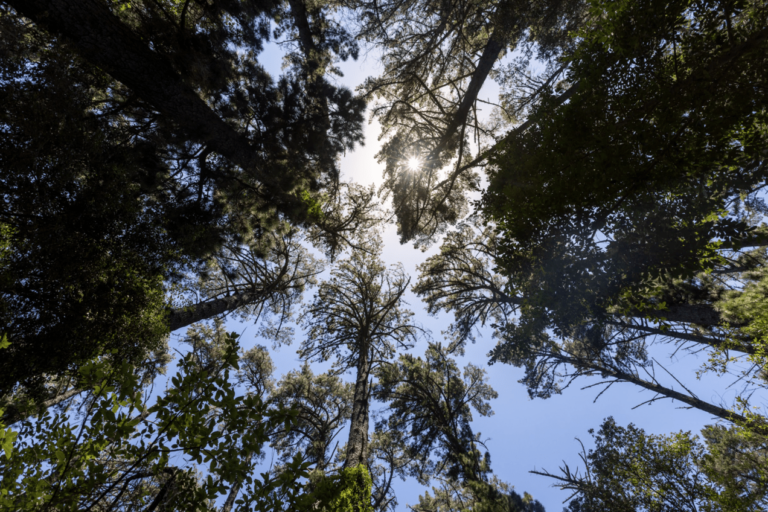
Stronger together
It is like Avatar in your back garden, and it is the debate of our time. Scientists are only now discovering exactly how sentient and how interconnected everything else around us is.
Some trees have no limit to how long they live. One North American bristlecone pine, nicknamed Methuselah, is more than 5 000 years old.
Trees work together to deter predators. They can release airborne chemicals, such as tannins, either to warn other trees, or to deter predators by a bitter taste or scent.
Conversely, trees can release chemicals that actually attract predators in order to kill off an invasive parasite or pest. For example, the common apple tree releases a compound that attracts specific bird species that eat caterpillars.
Certain trees also release chemicals known as phytoncides. Medical research has proved that inhaling phytoncides not only contributes to increased feelings of calm, but also can reduce blood pressure, increase your pain threshold and even boost our levels of anti-cancer proteins.
Trees “talk” to one another, using a special mycorrhizal type of fungi that lives on the roots of many trees. Older, so-called “mother” trees pick up on distress signals from surrounding trees, and can direct nutrients and water to that damaged individual.
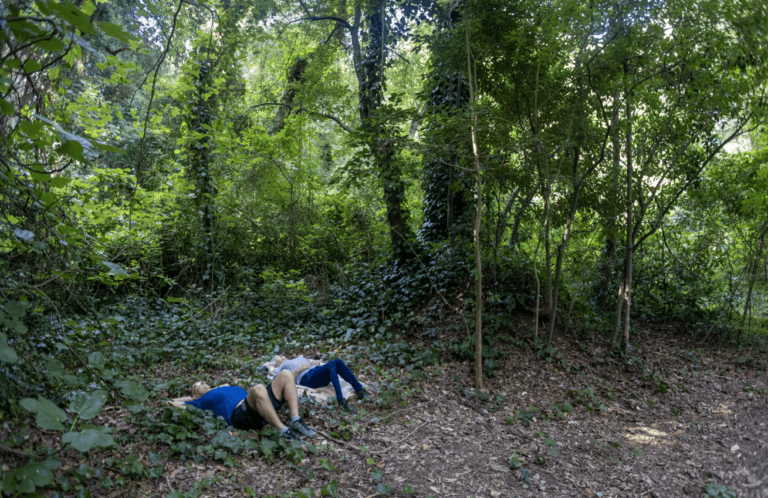
You can leave your clothes on
Within the next two decades, about three-quarters of humans will live in increasingly complex urban environments. Already most of us spend a staggering 95% of our day indoors. This presumably has dire consequences, affecting our health and our moods in negative ways. But there is healing power in the simplicity that nature provides.
- You can forest bathe anywhere in the world where there’s a forest.
- There’s no need to take your clothes off.
- Leave your gadgets, including cellphone, camera, wallet, behind.
- There is no destination. No goal. Find a spot where you feel comfortable, and sit down.
- You can practise yoga, mindfulness, Tai Chi if you want, or you could even paint if the Muse so takes you.
- Take your time. There is no “getting it right”. Just focus on your five senses, and let nature enter in through your nose, eyes, ears, mouth, your fingertips and the soles of your feet.
- Go on – hug that tree!
- If you need assistance, you can always contact the experts – Evelyn John Holtzhausen and Hilary Harker by emailing [email protected] or calling 082 658 6007. They offer four- to five-hour forest bathing experiences in Cape Town, three times a week for R350 per person. forestbathingcapetown.co.za
By Craig Bishop
Photos by Anton Crone
A version of this article appeared in the April 2022 print issue of Getaway







